Building brands for Vietnamese agricultural products associated with geographical indication protection has become an important orientation to enhance the value and affirm the brand of Vietnamese specialty products in domestic and international markets.
Geographical indications are considered an effective tool to promote the export of Vietnamese agricultural products abroad.
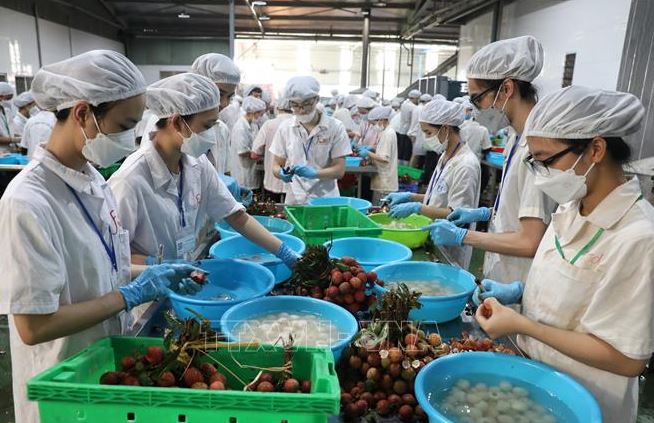
Vietnamese brands affirm themselves in many demanding markets
On June 3, 2024, the Department of Intellectual Property ( Ministry of Science and Technology ) issued Decision No. 438/QD-SHTT on granting Certificate of registration of geographical indication No. 00139 for Ben Tre clam products. Ben Tre Department of Science and Technology is the unit managing this geographical indication. Ben Tre clams include: Fresh clams, whole steamed and frozen clams and steamed and frozen clam meat.
Ben Tre clams have their own characteristics and reputation thanks to their natural conditions and lack of winter, so the water temperature does not fluctuate greatly between days of the month and between months of the year. Ben Tre has a geographical location with many tidal flats near the river mouth, flat terrain, no direct freshwater flow, and low tides of 6-8 hours a day. The sand ratio in the bottom of the flat is over 90%, the mud ratio is under 10%, belonging to the mangrove ecosystem, abundant and rich in plankton species which are a year-round food source for clams, thanks to which clam meat in Ben Tre has a high nutritional content.
In particular, Ben Tre has a semi-diurnal tidal regime (2 high tides and 2 low tides per day), so the drying time (shallow water) is short and less affected by storms, so Ben Tre clams are in good health and still grow evenly.
Fresh Ben Tre clams have white, ivory shells, with even spacing between growth stripes. Whole steamed, frozen clams have white, opaque meat. Frozen steamed, frozen clam meat has white, ivory color. Whole steamed, frozen clams and frozen steamed, frozen clam meat have a fragrant smell, without a foul odor.
Director of the Department of Agriculture and Rural Development of Ben Tre Doan Van Danh said that Vietnam has many clam farming areas, but by 2022, only "Ben Tre Clam" had been granted MSC Certification. Ben Tre Clam is the first product of Vietnam, and also the first seafood product in Southeast Asia to be granted MSC Certification by the Marine Stewardship Council to "a fishing unit" that sustainably exploits natural aquatic resources. This certification is valid from May 23, 2024 to May 22, 2029.
This is the third time that the Ben Tre clam management and exploitation profession has achieved this certification. The MSC certification, along with the granting of a Geographical Indication Registration Certificate for Ben Tre clams, will help Ben Tre clam products expand their exports to demanding export markets such as the United States, the European Union, Japan, etc. in the near future.
Also according to Mr. Doan Van Danh, in June 2024, the Department of Agriculture and Rural Development of Ben Tre will organize the awarding of MSC certificates along with the Certificate of Geographical Indication of Ben Tre clam products to 7 clam exploitation cooperatives in the province; at the same time, introduce certified clam raw material areas to clam processing enterprises; conserve parent clam resources, exploit reasonably and protect natural clam resources.
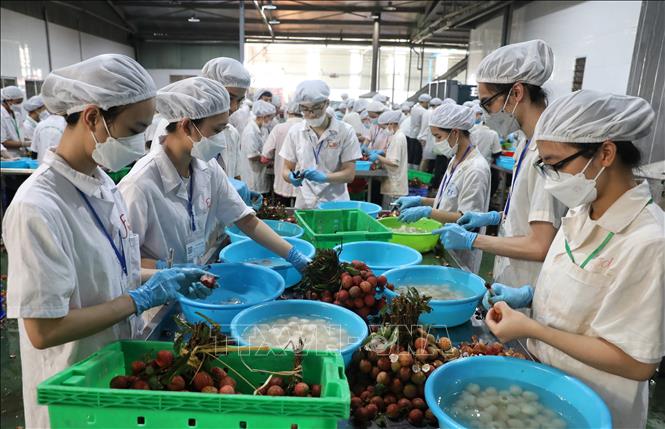
Open export market
Geographical indications affirm the unique advantages of localities in developing and promoting products, enhancing the economic value of specialty agricultural products. In addition, maintaining the quality of products bearing geographical indications is considered an important tool to ensure product quality for consumers. Geographical indications not only bring higher value to agricultural products in the domestic market but also promote exports.
A typical example is Luc Ngan litchi (Bac Giang), from a place where people could only sell it for less than 10,000 VND/kg, the current average consumption price is more than 35,000 VND/kg. Geographical indications are also like a "passport" for Vietnamese litchi to penetrate many demanding markets such as: Australia, France, the United States, Japan...
After being granted geographical indications, in 2020, Vietnam exported the first batches of Luc Ngan and Bac Giang lychees to Japan with geographical indications protected in this market. This is a step forward in the development of intellectual property. To be protected by geographical indications, products must have a reputation, quality or characteristics that are mainly due to geographical conditions, so that products protected by geographical indications are more prominent, even more valuable than similar products on the market. On the other hand, applying geographical indication protection also helps prevent and combat acts of producing and trading in counterfeit and poor quality goods, which destroy the value and reputation of products with geographical indications.
Mr. Nguyen Van Bay, Deputy Director of the Department of Intellectual Property (Ministry of Science and Technology) said that geographical indication protection has been proven to increase the value and reputation of many products. Typically, Meo Vac mint honey (Ha Giang) after being protected by geographical indication, controlling the origin, quality, and promotion, the product's price has nearly doubled.
Similarly, Phu Quoc fish sauce increased in price by 30-50%, Phuc Trach grapefruit increased by 30-35%, Cao Phong orange and Vinh orange also increased in price by more than 50% after being protected by geographical indications. In particular, some products with geographical indications have also been promoted for export, protected by geographical indications abroad such as: Binh Thuan dragon fruit, Luc Ngan litchi (Bac Giang)... This is also a motivation for people to promote production, improve product quality, and expand the scale of trade. Therefore, geographical indications are an effective tool to promote the export of Vietnamese agricultural products abroad.
According to Mr. Nguyen Van Bay, the special point of the commitment on geographical indications under the Vietnam - European Union Free Trade Agreement (EVFTA) is that in addition to the commitment on criteria related to the geographical indication registration system, the parties also commit to protecting each other a list of geographical indications including 169 EU geographical indications protected in Vietnam and 39 Vietnamese geographical indications protected in the EU.
The level of protection for these geographical indications corresponds to the level of protection only for wines and spirits in the Agreement on Trade-Related Aspects of Intellectual Property Rights (TRIPS Agreement) as well as the current Intellectual Property Law. Therefore, the signing and implementation of the EVFTA Agreement will bring opportunities for many Vietnamese enterprises when 39 Vietnamese geographical indications (mostly agricultural products) are automatically protected in the EU - an important export market with 28 members.
This not only ensures the rights to geographical indications for Vietnamese agricultural products that have long been present in the EU market, but also opens up market access opportunities for other specialties that have been granted geographical indications.
According to HL/TTXVN
Source: https://doanhnghiepvn.vn/kinh-te/chi-dan-dia-ly-cong-cu-nang-cao-gia-tri-day-manh-xuat-khau-nong-san-viet/20240615082243022




![[Photo] Ready for the top competitions of Vietnamese table tennis](https://vphoto.vietnam.vn/thumb/1200x675/vietnam/resource/IMAGE/2025/5/18/9c547c497c5a4ade8f98c8e7d44f5a41)
![[Photo] Many young people patiently lined up under the hot sun to receive a special supplement from Nhan Dan Newspaper.](https://vphoto.vietnam.vn/thumb/1200x675/vietnam/resource/IMAGE/2025/5/18/6f19d322f9364f0ebb6fbfe9377842d3)




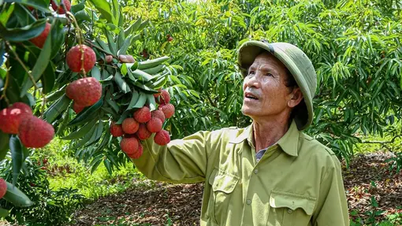

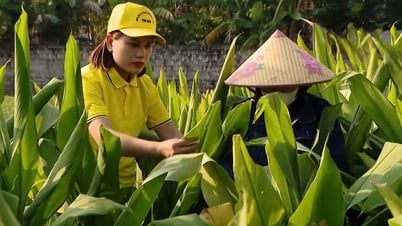

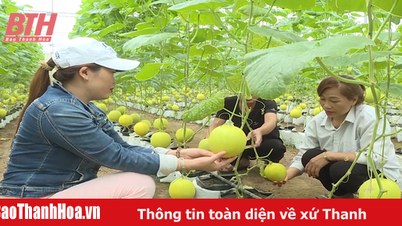






















![[Photo] General Secretary To Lam visits exhibition of achievements in private economic development](https://vphoto.vietnam.vn/thumb/1200x675/vietnam/resource/IMAGE/2025/5/18/1809dc545f214a86911fe2d2d0fde2e8)














































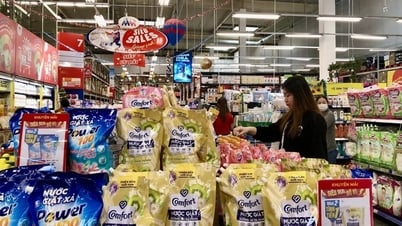

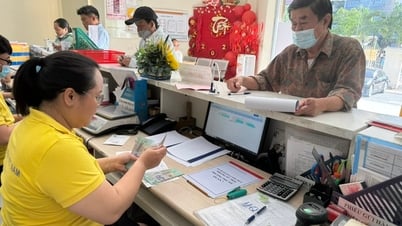


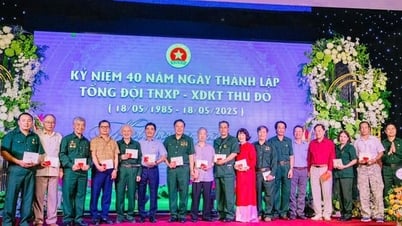

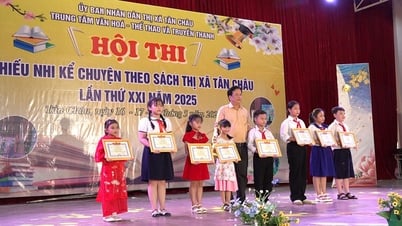










Comment (0)